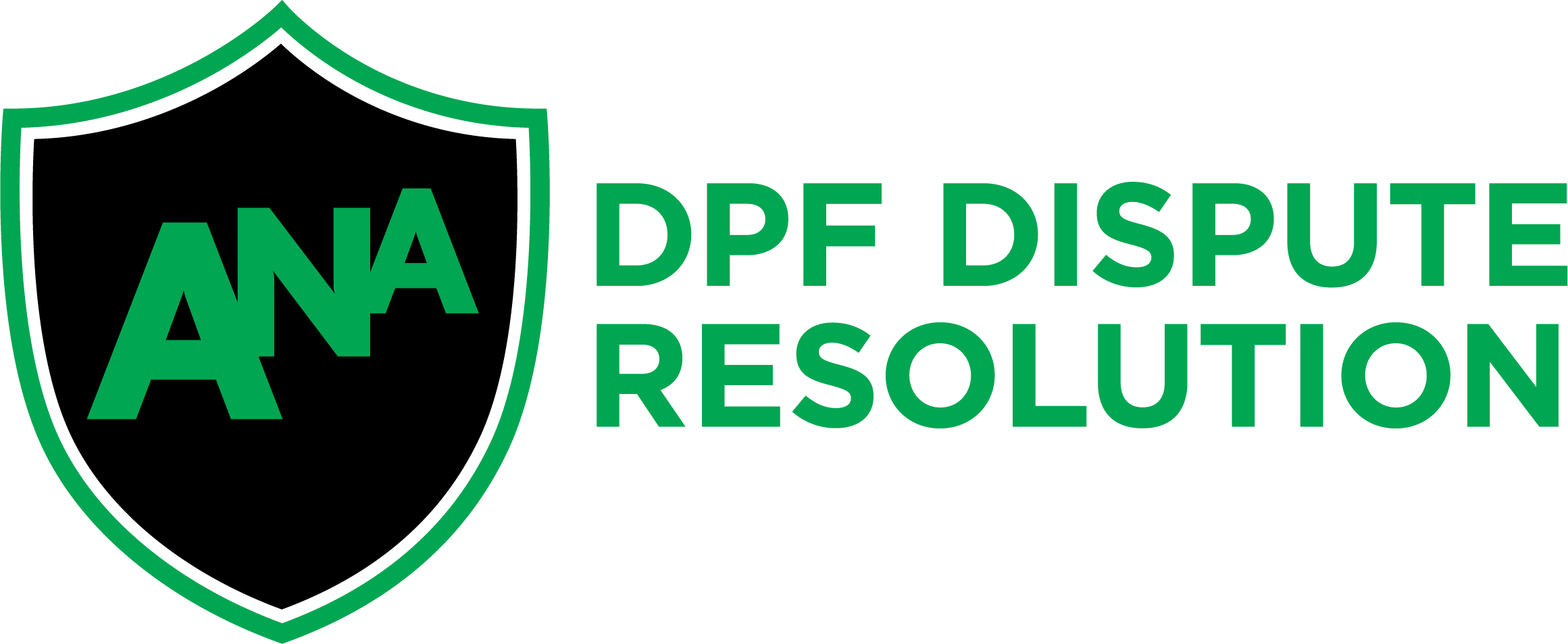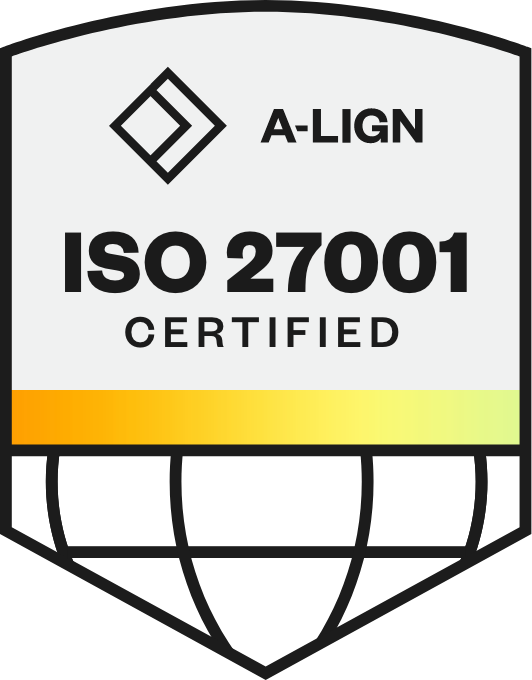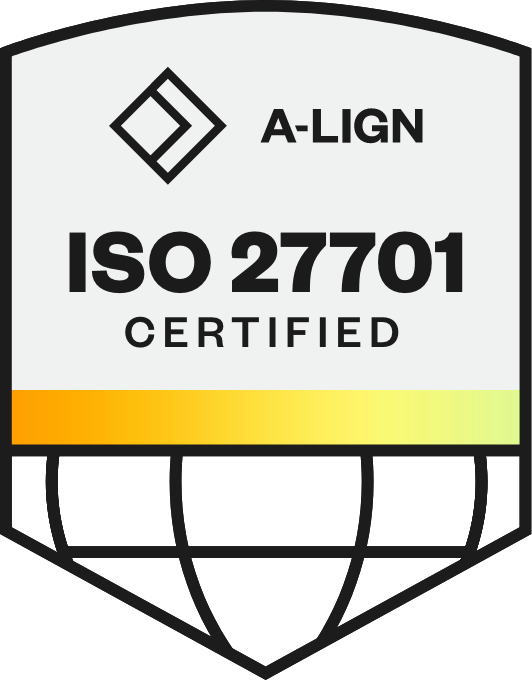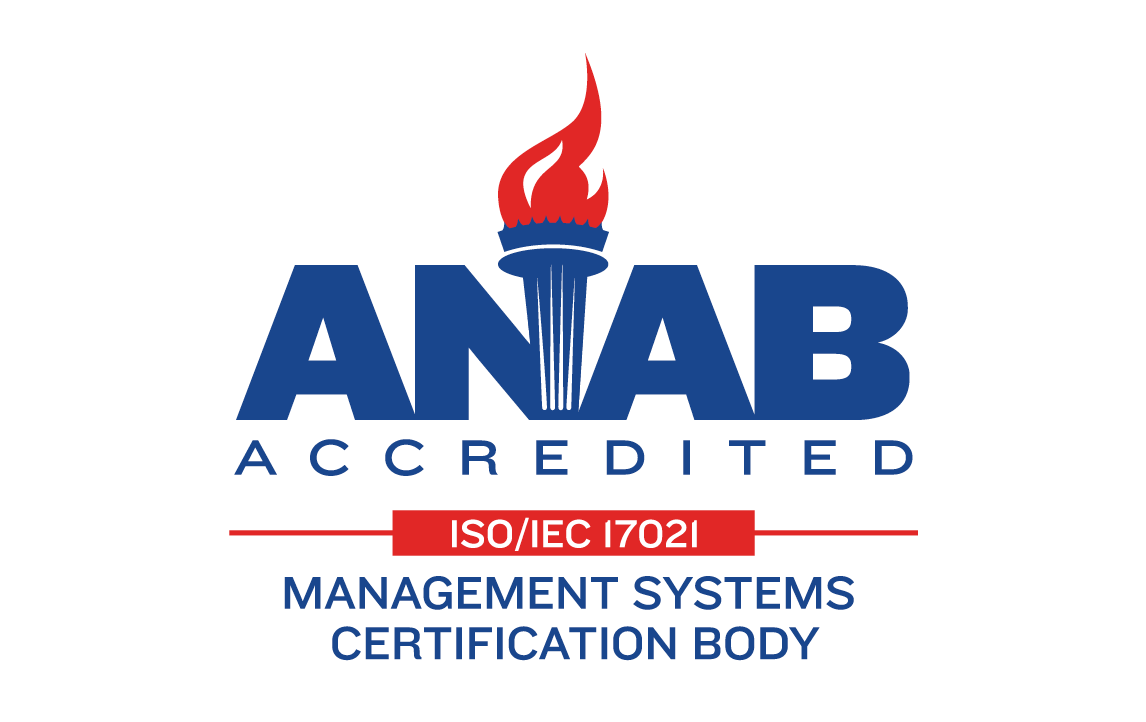
What Is High Volume Recruiting and What Are the Challenges?
Many organizations face the need to hire multiple employees quickly and efficiently. For recruiters managing large-scale hiring needs, the pressure to fill multiple positions quickly while maintaining quality can be overwhelming. Knowing how to navigate high-volume recruiting challenges has become essential for talent acquisition success.
Industries like retail, healthcare, restaurants, hotels, travel companies, manufacturing, and transportation face this challenge year-round. Their ability to deliver services often hinges on getting the right talent in the door — fast.
High-volume recruiting isn’t just about moving quickly. It’s about building a repeatable, scalable process that can adapt to pressure. That means knowing what slows things down, what technology can speed things up, and how to stay human in a high-speed hiring cycle.
In this blog, we’ll break down common challenges along with the tools, workflows, and strategies that help recruiters stay ahead
What Is High-Volume Recruiting?
High-volume recruiting, also called high-volume hiring, refers to the strategic process of hiring large numbers of candidates simultaneously or within compressed timeframes. Unlike traditional recruiting, which typically focuses on filling individual positions with highly specialized requirements, high-volume recruiting addresses organizational needs for multiple similar positions across locations or departments.
This approach becomes necessary in various scenarios — from seasonal demand spikes requiring temporary workforce expansion, to company growth necessitating rapid scaling, to industries with naturally high turnover rates needing continuous replacement hiring.
The key distinction lies in the scale and speed required, often processing hundreds or thousands of applications weekly compared to traditional hiring's more measured pace.
Industries That Rely on High-Volume Recruiting
Organizations across various sectors face unique volume hiring challenges based on their specific workforce needs. High-Volume Hiring is critical for the industries that keep the world moving, serve the public, and shape daily life. While the challenges and hiring cycles look different in each sector, one thing’s universal: if you can’t recruit at scale (and fast), your business can’t deliver. Here’s a closer look at the industries where high-volume hiring is the difference between thriving and just surviving.
Retail: Keeping Up with Consumer Demand
Retail is the ultimate “now or never” hiring environment. Think of the holiday rush, back-to-school sales, or even a viral product launch — these moments can mean tripling your frontline staff almost overnight. Turnover is high, and talent competition is fierce. Retailers juggle shifting schedules, diverse store locations, and candidates who expect convenience, speed, and mobile-first application experiences.
Why it matters: Miss the mark on hiring, and empty registers or long lines could be your reality — fast. In retail, recruiting agility is everything.
Restaurants: Serving Up Speed and Flexibility
From quick-service chains to fine dining, restaurants run on a rotating cast of hourly employees that includes servers, cooks, hosts, and local managers. Many of these employees are working their first job or balancing multiple part-time jobs. The hiring crunch intensifies around summer, holidays, and special events. With turnover rates often north of 70%, restaurants need a constant pipeline of candidates ready to step in at a moment’s notice.
Why it matters: Every unfilled role means longer wait times, frazzled staff, and missed revenue. Fast, candidate-friendly recruiting is the secret ingredient to keeping service sizzling.
Hospitality: Scaling for the High Season
Hotels, resorts, and event venues feel the pain of “feast or famine” staffing. One week, you might need to staff up for a major convention or tourist influx; the next, it’s back to a skeleton crew. Beyond front desk agents and housekeeping, there’s a long list of frontline roles, including maintenance, banquet staff, and concierge jobs that all need to be filled quickly, often from local talent pools or seasonal hires.
Why it matters: Your guest experience is only as good as the team delivering it. Hospitality brands that can recruit and onboard fast stay ahead of reviews, reputation, and revenue.
Healthcare and Nursing: Always on Hiring for Critical Roles
With an aging population and growing healthcare demands, medical facilities continuously recruit nursing staff, medical assistants, and support personnel. The 24/7 nature of healthcare creates ongoing staffing requirements that necessitate constant recruitment pipelines. Hospitals, clinics, and senior care centers are in a perpetual hiring mode for nurses, aides, techs, and support staff. Burnout and turnover are high, and shortages can directly affect patient care. The pressure is on to streamline hiring, reduce time to fill, engage healthcare career candidates early, and ensure every candidate gets the experience and clarity they need.
Why it matters: Open positions in healthcare aren’t just an HR problem; they’re a patient care risk. High-volume recruiting done right saves lives and supports staff well-being.
Related: A 20-Minute Job Application Shrunk to Less Than Five Minutes. Learn How UCB Did It (And You Can Too)
Manufacturing and Logistics: Staffing for Surges and Meeting Tight Deadlines
Production never sleeps in manufacturing. Whether it’s ramping up for a big order, launching a new product line, or recovering from supply chain hiccups, factories and plants depend on a steady stream of machine operators, assemblers, and skilled trades. Scheduling is complex, roles are often specialized, and safety certifications matter.
E-commerce growth has dramatically increased the need for warehouse workers and delivery personnel. Fulfillment centers, last-mile delivery hubs, and distribution warehouses need hundreds, or even thousands of workers, especially during peak shopping seasons. The pace is relentless, expectations are sky-high, and a single missed hire can disrupt the supply chain.
Why it matters: Labor shortages and long vacancies stall production, cost millions, and risk client relationships. Automated, high-volume recruiting is the assembly line for workforce success. When customers expect next-day delivery, every package (and every worker) counts. Efficient recruiting keeps goods moving and promises kept.
Transportation: Getting People and Goods Where They Need to Go
With trucking fleets and public transit, transportation companies are constantly hiring drivers, mechanics, conductors, warehouse operators and dispatchers—roles where safety, reliability, and customer service all matter. Fluctuations in demand, regulatory requirements, and a retiring workforce all add layers of complexity to recruiting at scale.
Why it matters: Missed hires mean canceled routes, delayed shipments, and unhappy customers. High-volume recruiting powers the movement of people and products every day.
Call Centers and Customer Service
These communication hubs frequently experiencehigh turnoverwhile managing fluctuating call volumes. Companies must maintain robust recruiting systems to ensure service levels remain consistent despite staffing changes.
Why it matters: Every dropped call is a lost opportunity. High-volume recruiting ensures there’s always a friendly voice ready to help.
Technology Sector
Tech companies scaling rapidly after funding rounds or product launches, or mergers often need to hire support specialists, engineers, QA testers, or sales teams, and hiring sprints can happen overnight. The stakes are high and delays in staffing mean missed market opportunities. Project-based work can also create periodic hiring surges.
Why it matters: In tech, speed wins. Companies that hire at scale (and keep the candidate experience seamless) are the ones shipping products and staying ahead of the technology curve.
Benefits of High-Volume Recruiting
When implemented effectively, high-volume hiring strategies offer significant advantages beyond simply filling positions quickly. Below are some compelling benefits that make strategic high-volume recruiting worth the investment:
Scalability and workforce flexibility. Organizations can rapidly adapt to market changes, seasonal demands, or growth opportunities without facing crippling talent shortages. This adaptability enables businesses to pursue new ventures or respond to unexpected opportunities with confidence.
Cost efficiencies through streamlined processes. Economies of scale emerge when recruiting methods are optimized for volume. The cost-per-hire typically decreases as fixed recruiting costs are distributed across more hires, and standardized processes reduce redundant efforts.
Competitive advantage through rapid talent acquisition. Companies that can quickly secure qualified candidates gain a market advantage over competitors struggling with prolonged vacancies. This speed enables faster organizational growth and more responsive customer service.
Risk mitigation through diverse candidate pools. Large-scale hiring naturally creates broader and more diverse talent pools, reducing the risk of missing qualified candidates and enhancing workforce diversity. This diversity brings valuable and unique perspectives to the organization.
Data-driven insights from large applicant samples. The wealth of recruitment data generated during high-volume hiring provides valuable analytics opportunities. Organizations can identify recruitment trends, optimize future hiring strategies, and better understand their talent markets.
3 Key Challenges in High-Volume Recruiting
1. Fast Screening and Selection
When hiring in volume, it can be difficult for recruitment teams and store managers to wrangle the sheer number of applicants and interviews. Companies can have hundreds, if not thousands, of applications to review within a very short time.
This often leaves talent acquisition teams scrambling to find ways to screen candidates quickly without sacrificing the quality of the process. Managers facing hiring on their own need a way to find the best candidates without sacrificing the day-to-day work of serving their customers and running the business.
Companies that are leveraging AI-led process automation and technology to fill open roles are meeting their high-volume recruitment targets up to 90% more efficiently. Solutions like automated interview scheduling and automated step-by-step candidate workflows allow recruiters and managers to move candidates through the screening and interview scheduling process in as little as three minutes and to the final stages of hiring and on the job as soon as possible.
Automated interview scheduling takes away the repetitive back and forth, scheduling and even rescheduling interviews for candidates while syncing hiring team calendars, or scheduling group interviews that work great for store managers and operations teams, ultimately freeing up everyone to focus on the people part of their jobs. Automated workflows minimize recruiter intervention as candidates automatically progress through a personalized application and hiring process, drastically reducing time to hire and enhancing the talent experience in the process.
Related reading: Tackling High-Volume Recruiting: No Matter the Season
2.Finding Qualified Candidates
Another common challenge hiring teams encounter with high-volume recruiting is ensuring that they're finding quality candidates in the large number of applications they receive. In some cases, the focus on volume can lead to rushed decision-making and a lack of attention to detail, resulting in hiring candidates who are not a good fit for the role and increasing churn and turnover. Managers and recruiters therefore, must find ways to efficiently screen resumes, conduct personalized interviews, and assess candidates' skills, experience, availability, and culture fit as quickly as possible.
Companies that use conversational chatbots can rely on this AI-powered technology to guide candidates through relevant job postings based on skills and location, prescreen them for required qualifications, and move them on to the next hiring stage based on prioritized job openings. In this way, recruiters know that the candidates coming to them are the best fit for the role, allowing them to interview and provide offer letters much faster than if they didn’t have this technology.
3. Delivering an On-Brand Candidate Experience
A company posting frequently open positions (or "evergreen requisitions") may not actually have opportunities available immediately, which results in a negative candidate experience and can also give candidates the impression that they have high turnover rates. High-volume recruiting can make it more difficult for recruiters to personalize the experience for each candidate due simply to the fact that they have too large a volume of applications to go through. This can lead to a poor candidate experience, which ultimately impacts the company's reputation and makes it more difficult to attract top talent in the future.
To avoid this, companies must ensure that the quick hiring process is just as meaningful, streamlined, and personalized as it would be for any other candidate. Video assessments, for example, are a one-way video tool that helps candidates deliver a great first impression, streamlines the entire screening process, and saves time for hiring managers, recruiters, and candidates alike.
With the ability to record (or re-record) the interview on their own time, get tools and tips 24/7 from the help desk, and take the interview from the comfort of their own home, video assessments creates a low-stress yet personalized way for candidates to showcase their authentic selves to recruiters.
Related reading: What You Need to Know About Mass Hiring: How to Balance Quality and Quantity Hires
The High-Volume Recruiting Process Framework
A high-volume hiring strategy demands structure and consistency — without it, candidate experience often declines, and top talent slips away. In fact, slow or disorganized hiring can drive candidates to competitors before an offer is extended. Here's a comprehensive framework that addresses these challenges through five interconnected phases:
Phase 1: Strategic Planning
This phase focuses on setting clear hiring goals, defining candidate personas, and preparing necessary resources and technology. Alignment among recruiters, hiring managers, and other stakeholders ensures that expectations are shared and timelines are realistic. Strategic planning lays the groundwork for scalable execution.
Phase 2: Sourcing and Attraction
Talent attraction begins with multichannel strategies that meet candidates where they are — job boards, social platforms, career pages, and more. Programmatic job advertising allows for targeted outreach, while employee referral programs and talent communities provide access to pre-engaged candidates and past employees who are ready to come back.
Phase 3: Screening and Assessment
Automated tools streamline this stage. Fast, simple applications without requiring a user name and password, AI-powered resume screening, skills-based assessments, and structured video interviews help evaluate suitability at scale. Work eligibility, certification verification processes, and availability are often automated, allowing recruiters to move candidates forward with greater confidence and speed.
Related: Improve Candidate Screening: Detailed Guide to Screen Smarter & Faster
Phase 4: Selection and Offer
A coordinated selection process includes collaborative decision-making, auto-generated offers, and digital signing workflows. This minimizes delays while maintaining compliance with hiring standards and documentation requirements.
Phase 5: Onboarding and Retention
Digital onboarding, cohort-based orientation, and early engagement strategies help new hires settle in quickly. Monitoring retention metrics during the initial months supports ongoing improvement of the high-volume hiring lifecycle.
How to Create an Effective High-Volume Hiring Strategy
Now that we’ve covered the most common challenges that prevent high-volume hiring strategies from being successful, let’s dive into the approach your team should take when revamping your existing processes and optimizing them for success:
Assess your high-volume hiring pain points
To build a solid plan for your volume hiring needs, you must first identify the areas of hiring at scale that take the most time for recruiters. Ask yourself and your team:
What is necessary for the volume roles that I am filling?
How can I support hiring in the field without hiring more recruiters?
Are candidates asked to meet in person for interviews with HR and the hiring team?
Are there unnecessary knockout questions included in online applications?
Are there standard organizational recruiting or interviewing practices that become redundant for transactional, evergreen, or seasonal positions?
Are our hiring volume plans supportable by our current talent acquisition (TA) staff?
By assessing your answers, you’ll discover where you can cut or automate certain functions, especially at the early stages of candidate review. If you are requiring hourly employees to complete multiple rounds of interviews and skill tests, for example, there are likely inefficiencies that can be streamlined.
The next step is to look at the roles you typically fill at scale and define them so they are easy for candidates to recognize. For example, consider the difference between a sales associate and a crew or team member — will your candidates know the difference?
Taking time to comb through the actual requirements for your posted jobs is crucial to catching unnecessary knockout questions, like the year they graduated or whether or not they have a high school degree.
If hiring is done by on-site managers, ensuring they can screen and make job offers directly is paramount. You’re almost ready to plot your priorities when you can:
Define your high-volume job titles consistently
Review your application questions and remove any that are unnecessary
Empower on-site hiring managers to be part of your TA team
Simplify hiring by allowing managers to interview and hire on their schedule, without having to log into backend systems and drop other responsibilities.
Finally, take time to really think about the candidates you are looking to attract for your high-volume positions. Do they expect:
Shift flexibility for part-time positions
Application processes for mobile, on-the-go, or deskless candidates
Text and chatbots for anytime/anyplace communications
Location matching and a clear understanding of what the job entails
An always-on chatbot powered by conversational AI is critical for automating sourcing, screening, scheduling, and answering candidate questions — whether you’re adding it to your recruiting efforts or using it to capture missed opportunities.
Build your action plan
If you’re hiring hundreds, thousands, or even tens of thousands of individuals for similar positions, you want your recruiters to extend offers to qualified candidates faster than the competition. If your time-to-offer is measured in days or weeks, you’re at risk of falling off the candidates’ consideration list.
So, how can you stay in an amped-up groove for hiring at scale? Check out these six steps that highlight essential AI and automation that can boost your volume hiring.
1. Craft candidate experiences that are intuitive and mobile-friendly
Personalized job recommendations ensure that open roles are easy to find on your career site. Adding an intelligent chatbot makes 24/7 assistance readily available to guide job seekers into an accelerated two-way screening process. Use SMS and text for quick connections to candidates who are familiar with the immediacy of mobile-first communication. This includes text-to-apply capabilities, and QR code scan to apply technology.
2. Consider unique hiring workflows for high-volume roles
Not every high-volume, front-line, or hourly job needs the same screening, interview, assessment, and hiring steps. Certain roles may have additional requirements, like commercial driver’s licenses (CDLs), advanced nursing certifications, or flight crew training.
Phenom High-Volume Hiring, for example, embeds customized, adjustable workflows directly into a chatbot that is triggered only for specific roles and introduces and manages the “if/then” distribution of candidates into the most appropriate hiring workflow based on their interests, availability, location, and qualifications.
Recruiters can configure automated workflows to pre-screen, recommend open positions, conduct video assessments, and progress qualified candidates — or move them into a CRM for future consideration.
3. Automate interview scheduling
One of the most time-consuming tasks for a recruiter is coordinating interview schedules with key company stakeholders, hiring managers, and candidates. This can take several hours if a candidate is meeting with a group or with more than one person sequentially.
Phenom Automated Interview Scheduling allows candidates to self-schedule in-person, 1:1 phone interviews or team interviews directly through a chatbot, receiving calendar confirmations in just seconds. This means recruiters and managers can focus on sourcing additional candidates in volume, building talent communities, and crafting recruitment campaigns.
4. Pull in on-site hiring managers as part of your recruiting team
It's no surprise that for a significant portion of front-line or hourly roles, hiring is decentralized anad an on-site facility manager is also the recruiter. Often, without direct access to HR systems of record or corporate calendar and meeting management, hiring managers are left to make “need staff now” hiring decisions.
Extending hiring tools to on-site managers — using mobile devices of choice — provides real-time participation in video assessments, candidate feedback, and connected interview scheduling. This pulls facility managers and supervisors directly into corporate team building and workforce planning.
5. Optimize recruitment marketing campaigns to improve conversions
Effective volume hiring begins with moving as many candidates as possible from their first point of contact — whether that be a job fair, social media post, career site, or point-of-sale job posting — to applicant status.
But there can be roadblocks — your career site could make job matching frustrating, your application process could be unduly long for a role requiring only basic skills, or you may be posting open roles on job boards that are out of sync with your target candidates. How do you know?
Phenom Talent Analytics dashboards, for example, provide insights as to consistent sources of candidates, applicant-to-candidate conversion rates, and campaign and yield from job board investments. All this permits HR teams to better support on-location hiring. You can use visual dashboards to measure and track progress against your high-volume strategy and goals and optimize workflows
6. Retain employees for longer than a season
If your day-one new hire ghosting rate is climbing, or the churn rate for your high-volume hiring roles is measured in mere days, it’s time to add employee engagement and retention planning to the hiring journey.
You can start even before an offer is extended by showcasing existing employee video testimonials on your career site and on social media. Let job seekers see — and feel — a future with your organization.
Build and maintain an internal talent marketplace that will expose new hires to future roles, temporary gig assignments, and opportunities for professional development. Build your internal talent pipeline for the long haul, so your high-volume hiring plans are not focused on volume re-hiring.
Best Practices for High-Volume Recruiting Success
Mastering high-volume recruiting requires attention to several critical areas that can make or break your hiring outcomes. The following strategies represent proven approaches that leading organizations implement to transform their volume hiring:
Technology Optimization: Modern recruitment technology, especially AI recruiting, forms the backbone of high-volume hiring. Configuring applicant tracking systems (ATS) to support bulk actions, integrating chatbots for instant candidate engagement, and leveraging AI tools for resume screening all reduce manual workload. Automated scheduling further accelerates the process by removing the back-and-forth of interview coordination.
Related: How Conversational AI is Transforming HR Interactions & Candidate Experience
Process Efficiency: Simplifying and standardizing workflows play a major role in scaling recruitment. This includes removing redundant steps, applying uniform evaluation criteria, and using structured interview scorecards. Clear service level agreements between recruiting teams and stakeholders help maintain accountability and consistency throughout the hiring cycle.
Candidate Experience Enhancement: Maintaining a positive candidate experience, even at scale, requires planning. Setting a consistent communication rhythm, gathering and acting on candidate feedback, and using personalization tools at key touchpoints helps build rapport. Reinforcing a strong employer brand across all interactions builds long-term trust and interest.
Data-Driven Decision Making: Reliable hiring decisions come from strong analytics. Performance dashboards led by AI insights help monitor outcomes in real time, while predictive analytics support proactive hiring decisions. Continual review cycles allow for fine-tuning based on what’s working and what isn’t.
Related: People Analytics: Transforming HR Decision Making with Data-Driven Insights
Diversity and Inclusion: Embedding D&I principles into high-volume efforts starts with bias-aware tools and training. Inclusive sourcing, balanced assessments, and active tracking of representation throughout the funnel help drive equitable hiring at scale.
Discover the Impact of Effective High-Volume Hiring
High-volume recruiting can be a daunting task for hiring teams due to the unique challenges it presents. However, with the right technology and strategies in place, companies can streamline their recruitment process and ensure they are hiring the most qualified candidates for the job.
Phenom High-Volume Hiring can help companies overcome these challenges by providing personalized candidate experiences, automating tasks, and using AI to identify the best-fit candidates. With solutions like Automated Interview Scheduling, Intelligent Chatbot, Automated Workflows, Behavioral Assessments, and more, Phenom helps hiring teams find best-fit candidates first and faster.
Learn how AI-powered automation and data-driven strategies can solve your recruitment challenges. Download our High-Volume Hiring Playbook today.
Maggie is a writer at Phenom, bringing you information on all things talent experience. In addition to writing, she enjoys traveling, painting, cooking, and spending time with her family and friends.
Get the latest talent experience insights delivered to your inbox.
Sign up to the Phenom email list for weekly updates!










